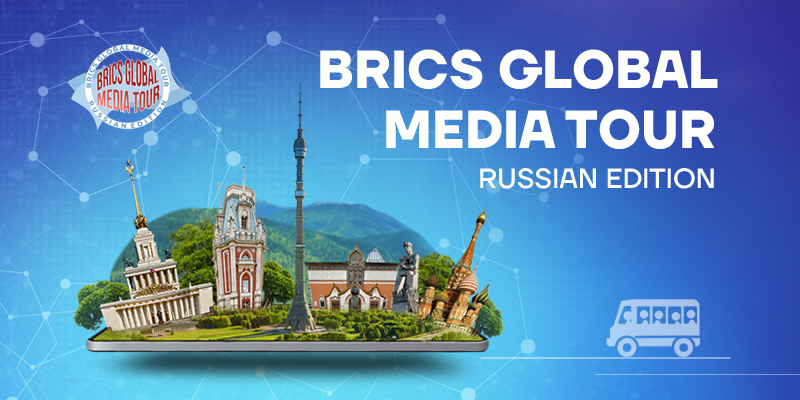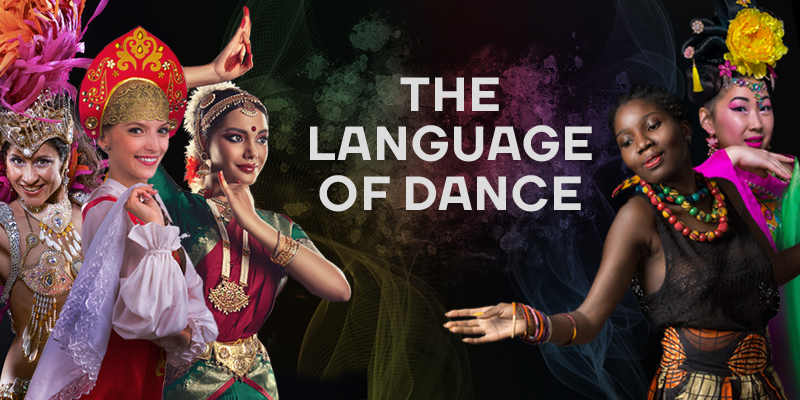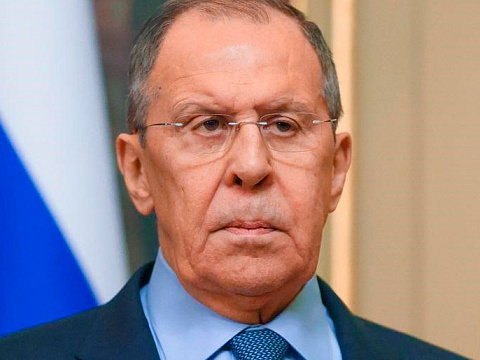What is a neural network and how does it work
A new trend in media space has recently emerged: the modelling of unique images, which can be generated in seconds by special applications using the latest neural networks. But what is it? How does their mechanism work? Where else are these networks used? And how not to lose face when the conversation turns to a new product? This material will help you.
How modern neural network work
The idea of a neural network comes from biology. In an exclusive commentary for TV BRICS, programmer and game developer Denis Kondratyev explained that biological neurons are used to organise the behaviour of animals that have nervous systems: from humans to an ant. The difference is only in the number of these neurons. The human brain, for example, may contain around 85 billion neurons. An ant, on the other hand, has about 250,000 for its entire nervous system.
"It all starts with the neurons responsible for perception - smell, touch, hearing, sight. As neurons become excited, they send the signal onwards, to muscles or other neurons that transmit the information. Depending on the strength of the input signals, a further signal is either transmitted or not. The logic of behaviour is shaped by this. All modern neural networks are based on this principle," the expert said.
How neural networks work
We pass from biology to information technologies. Neural networks are mathematical models that are trained rather than programmed. To do this, they are trained: a certain set of data is uploaded and individual elements are explained.
“For example, they upload 100 photos with and without kittens and tag the kittens. The neural network then processes the parameters (four paws and a tail, for example) and learns not only to find kittens in other photos, but also to distinguish them from, say, puppies. At this stage, the developers monitor how the neural network is doing and make adjustments. After a certain amount of training, the neural network is ready to work independently. Training can be not only on pictures, but on any kind of data - text, video, audio," explained Anatoly Uglov, Digimatics' technical director.

In doing so, each element of the artificial neural network receives, transforms a digital signal and transmits it to the neurons of the next layer, and if combined into a large network, it will be able to solve complex problems. How complex depends on the number of these neurons, the network architecture and the computing power, said Vladimir Semenovykh, lead developer of the computer vision group at XOR "Antison", an IT company.
How neural networks generate images on demand
Generating images from text queries as well as other drawings or sketches is done in the same way as image recognition: the neural network compares your query with all possible elements from its knowledge base. The bigger this knowledge base is, the more effective and realistic the result will be, Anatoliy Uglov emphasised.
"It is worth noting that the size and quality of training samples for a neural network is about as important as learning something new from a human. If an artist has, for example, seen a lot of pictures in the anime style, then it's difficult for him to create something in the style of the classical Russian artists we know from the Tretyakov Gallery, and vice versa. The best results will come from someone who can combine several styles and, thanks to that, produce something new and interesting," said the expert.
Neural networks are now very much used to generate content - photos, videos, music. Such applications operate on the basis of language models based on transformer architecture and generative-adversarial networks. Difficult? To explain: Transformer in this case is a model of neural network construction, and generative-adversarial networks are a combination of two neural networks, one of which creates images, and the other rejects unsuitable ones and leaves the ones that best fit the request.
Using a neural network, the TV BRICS editorial team generated their images with animals from the BRICS countries.
First query: snow leopard, Brazilian carnival, colourful costumes, irbis, samba dance.

Second request: China, Lantern Festival, parrot, square, reservoir.

Third request: beach, South Africa, panda, cocktail, hat, sea.

What makes neural networks unique
Neural networks are unique in that they are based on the structure and function of the human brain, allowing them to learn and make decisions in a similar way.
"Unlike traditional algorithms, neural networks can learn patterns and make predictions from vast amounts of data without explicit programming. They also have the ability to process complex and non-linear relationships, adapt to new information and make generalisations from examples, making them well-suited for tasks such as image and speech recognition, language translation and autonomous decision-making," said Denis Kondratyev.
Furthermore, what makes neural networks unique is their sophisticated, complex structure with millions of parameters. Neural networks can learn almost any "pattern", no matter how complex. They are able to accumulate and form the most unobvious connections between objects.
What areas can neural networks be used in
One of the most popular applications of neural networks today is the recognition of visual images, audio and video. They are used everywhere, from voice assistants, a robot answering machine in a bank and special effects on social media (in VR masks on social media and messengers) to analysing the state of oil pipelines and counting scrap in a factory.
Programmer Denis Kondratyev explained what areas neural networks can still be used in and in what directions they will be developed in the near future:
- computer vision: image and video analysis, object recognition and scene understanding;- robotics: control and navigation of autonomous robots;
- healthcare: medical image analysis, disease diagnosis and drug discovery;
- finance: fraud detection, stock market forecasting and credit risk analysis;
- marketing: customer segmentation, personalised recommendations and predictive advertising;
- gaming: artificial intelligence-based game agents and game decision-making;
- transport: self-driving cars traffic forecasting and autonomous flight;
- energy: predictive maintenance and optimisation of energy systems.
How neural networks will affect our future

Many experts agree that with the arrival of neural networks in everyday life, the format of people's employment will change. Just as conveyor belts have relieved humanity of the need to work 14 hours a day in the field, so too will neural networks relieve people of some of their routine tasks, allowing them to concentrate on something more important.
"In my opinion, neural networks will have a positive impact on everyday life. There are applications for neural networks in almost any field, which can increase labour efficiency and productivity," said online marketer Ramil Nizamiev.
"Neural networks make human work much easier and save businesses millions of man-hours per year. They can even predict a customer's departure before they even think about it, by analysing massive amounts of data on customers' behavioural reactions," explains Anatoly Uglov.
It is believed that neural networks will soon take over all the routines in advertising, marketing, banking, investing and other areas. And people using technology will control it and generate fresh ideas.
Photo: istockphoto.com, neural network
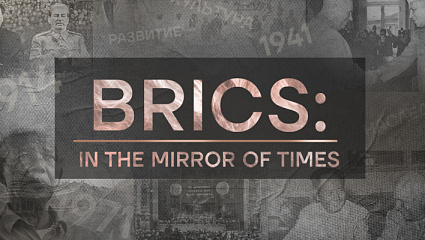
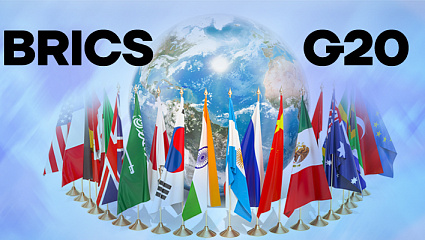





 DIGITAL WORLD
DIGITAL WORLD


